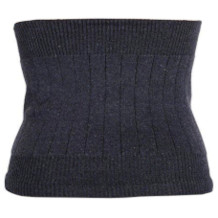Heating pad purchasing advice: how to choose the right product
- What you need to know
- A heating pad not only provides soothing warmth, but can also be used to relieve tension or pain.
- In addition to the standard pillow, there are also special forms, for example for the neck or back.
- When buying a heating pad, consumers should primarily pay attention to safety and the corresponding seals (TÜV and GS).
Cosy warmth in compact format
Heat increases well-being and even has a soothing effect on certain complaints. Accordingly, a heating pad is a popular source of warmth in many households, especially during the cold season.
The longing for warmth is by no means a development of modern times. The predecessor of hot water bottles and heating pads is the bedpan equipped with glowing coals. Writings from the 16th century document, among other things, the use of bed pans at the court of the French king. As early as the end of the 19th to the beginning of the 20th century, the first heating pads were developed in the course of supplying private households with electricity.
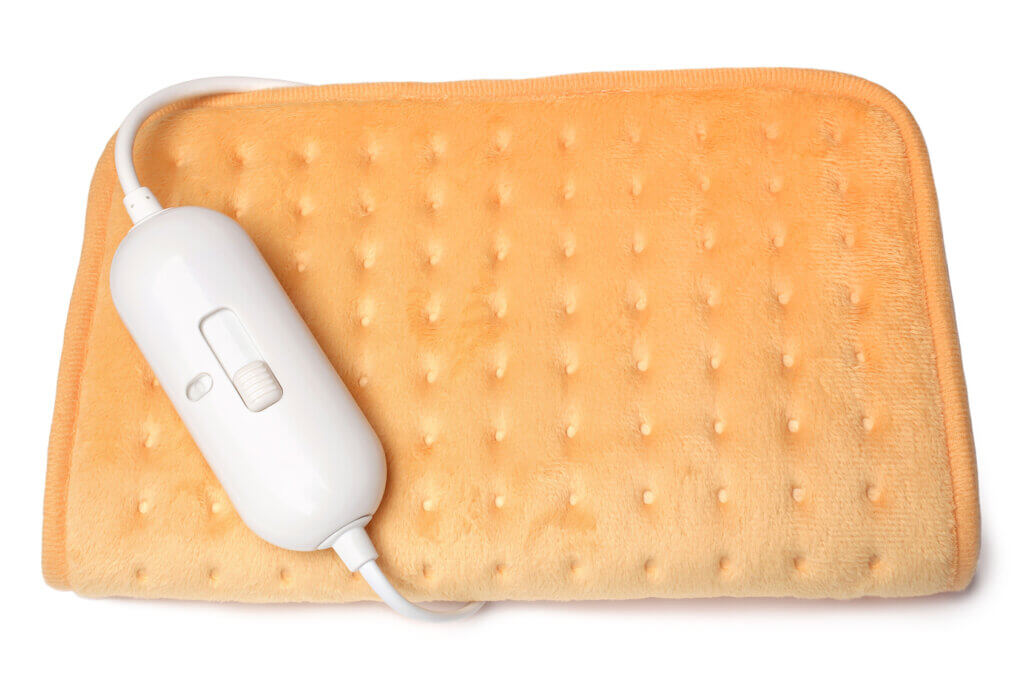
Compared to bedpans or hot-water bottles, heating pads offer a significant advantage: the constant development of heat. While the initially high heat of the bedpan decreases continuously over time, the heat of the heating pad remains at a constant level due to the power supply. It is therefore no wonder that the new development replaced the well-tried heat source relatively quickly.
Heating pad in use
A heating pad increases comfort and well-being. For people who are sensitive to cold, these practical aids are therefore indispensable companions in the cool season. In addition, they offer the advantage of a localised heat supply, so that the pillows can be used in the context of heat therapy, among other things. If, for example, they are placed on the painful area in the case of muscle tension in the neck or shoulder area or in the case of back or stomach pain, they help to alleviate these complaints.
In contrast to a hot water bottle, users of a heating pad do not first have to laboriously heat water. Since it is powered by electricity, it is ready for use in no time at all. From pain therapy and heat treatment for tension to increasing well-being – the heating pad can be used in a variety of ways. The constant soothing warmth and uncomplicated handling are clear plus points of this heat dispenser.
Heat therapy for more well-being
Heat therapy is a variant of thermotherapy, which is part of physiotherapy. It is often recommended to relieve pain and in most cases is perceived as a pleasant treatment method. Heat relaxes the muscles, stimulates the body’s metabolism and promotes better blood circulation. Oxygen transport is usually better in the warmed tissue. Heat is also said to have a positive effect on the immune system.
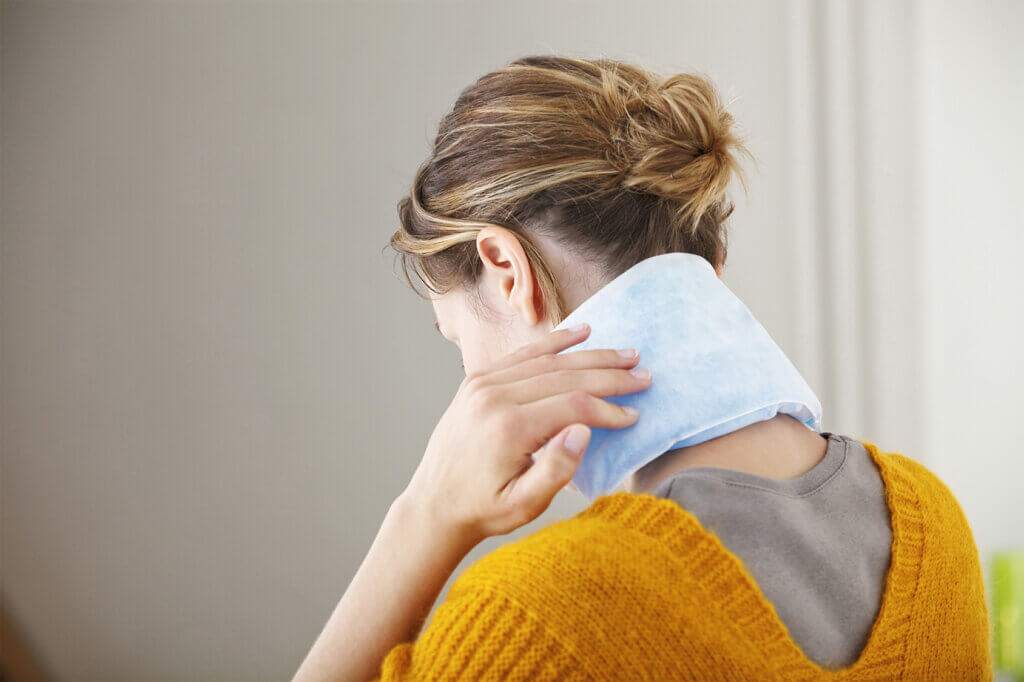
A heating pad is definitely helpful in the following areas:
- Cramp-like pain (for example, in the case of an upset stomach, abdominal cramps or sore muscles).
- Muscle tension, rheumatism or lumbago
- “Stiff neck
- Flu-like infections
A heating pad is often used as an alternative to a hot water bottle because it provides warmth for longer and is easier to place on the desired part of the body.
Caution with pacemakers
It is true that patients with pacemakers should not have any problems when using the heating pad, as the magnetic and electrical values are usually harmless. However, to be on the safe side, it is advisable to consult the doctor in charge before use.
The different variants
In the meantime, different pillow variants are available that are suitable for special requirements:
- Standard model
- Heating pad for the neck and shoulder area
- Heating pad for the back
- Heating pad for the feet
The standard model
The decisive advantage of this model is its versatility. It can be used for different areas and is therefore equally suitable for the back, stomach or other parts of the body. The average size of a classic heating pad is about 30 x 40 centimetres. However, it can be a little uncomfortable in the neck area, as users have to hold it in place with their hand to prevent the pillow from slipping off.
Pro points
- Versatile
- Suitable for different parts of the body
- Good price-performance ratio
Drawbacks
- Can be a little uncomfortable for the neck area
Heating pad for the neck and shoulder area
If you suffer from frequent neck pain, you should ideally use a special neck pillow. The shape of the pillow is adapted to the shape of the neck and shoulders and allows for a targeted heat treatment of this sensitive area.
Pro points
- Easy handling
- Optimal freedom of movement
- Ideal for heat treatment of the neck and shoulder area
- Good price-performance ratio
Drawbacks
- Only suitable for the neck and shoulder area
Heating pad for the back
Many people suffer from chronic back pain. Tension in the back muscles is often responsible for this pain. Therefore, a targeted treatment of the affected areas with heat can help to alleviate the discomfort.
Pro points
- Easy to use
- With straps for better support
- Ideally adapted to the back
- Can often also be used when lying down
Drawbacks
- Cannot be used for other parts of the body or can only be used to a limited extent
Heating pad for the feet
Many consumers suffer from cold feet in winter. For this clientele, the practical foot warmers are a good choice. This variant was designed especially for the feet and is therefore optimally adapted to the area. Here, too, the specialisation is both an advantage and a disadvantage, as the cushion cannot be used for other parts of the body.
Pro points
- Easy handling
- Warm feet in no time
- Specially designed for the foot
Drawbacks
- Cannot be used for other body regions
What are the alternatives?
Electric heating pads are not to be confused with heat pads, which work without electricity. These pads are usually heated in the microwave and are filled with different materials such as gel or cherry pits. They give off the stored heat over a certain period of time and cool down relatively quickly. A constant heat output is therefore not given over a longer period of time.
However, if the power supply via electric cable is considered too inconvenient, consumers look for alternatives to electric heating pads. The following variants are available:
Pocket warmer
These small pillows live up to their name, as they are ideal for when you are on the go. Thanks to their compact size, they are easy to put in your pocket and activate when needed. Their shape can vary: Besides rectangular versions, there are also other shapes such as bears and hearts. Inside the pocket warmer there is usually a mixture of water and sodium acetate as well as a small metal plate.
To prepare it, users immerse the small pillow in a hot water bath. This starts a process in which the salt dissolves in the water. As soon as the pocket warmer cools down, the sodium acetate does not crystallise again but remains dissolved. The mixture is now a “supercooled liquid”. The energy remains. By actuating the metal plate, a disturbance occurs, whereby the stored energy is released abruptly. The transport possibilities and mobile use are particularly advantageous. However, the heat only lasts for a short time, so the pad cools down again quickly.
Hot water bottle
Here, too, no power cable is used, as the hot-water bottle is simply filled with hot water. However, the hot liquid cools down over time, which is why this variant, unlike the electric heating pad, does not provide constant heat. Another disadvantage is the shape of the hot water bottle: it is only conditionally suitable for certain parts of the body. In the case of neck pain, for example, users can only hold it in place with difficulty. In case of damage, hot water leaks out.
What matters when buying
When buying a new heating pad, it is important to pay attention to relevant purchase criteria such as the following, depending on the individual requirements and the intended use:
- the size
- the power output
- the power supply
- the material
- safety
- the heating time
- the timer
- the temperature control
- the control display
The size
The right size depends primarily on the intended area of use. A standard heating pad with a size of 30 x 40 centimetres can be used flexibly, but depending on the body region, a special pad is the better choice. For the back, a larger model is usually useful, while a more manageable format is much more comfortable in the neck area. A heating pad for the back is usually attached by means of a strap and therefore remains securely in place.
The power
Large heating blankets usually have an output of 100 to 200 watts, while the much handier heating pads have an average of 60 to 100 watts. Occasionally, larger heating pads with an output of more than 100 watts are also available.
The power supply
As a heating pad is powered by electricity, there must be a power socket within easy reach. In this context, the length of the cable also plays an important role. For a larger radius of use, it makes sense for the cable to be somewhat longer. Most heating pads have a cable with an average length of 2.50 metres. Occasionally, there are also battery pads that need to be recharged regularly, but which are much more comfortable to use because there is no annoying cable to restrict your freedom of movement.
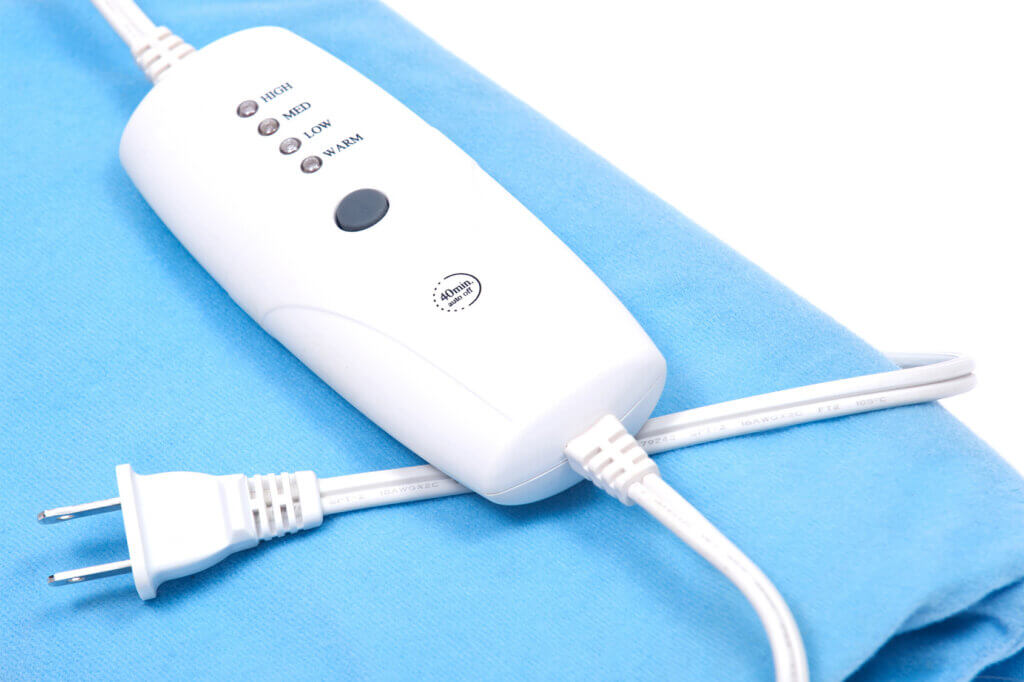
The material
Cushions with removable covers that can be cleaned in the washing machine are particularly practical. Cotton or flannel are usually used. There are also some models with microfibre covers.
Safety
Besides comfort, safety is also an important factor when choosing a heating pad. Features such as an overheating protection and an automatic switch-off ensure safe use and prevent overheating and an increased risk of injury during use. In addition, the heating wires are break-proof and insulated to be waterproof.
With regard to safety, buyers should also look out for reputable test seals such as the TÜV or GS seal. These indicate that the pad is a tested product and that the specified safety regulations have been met. A heating pad with this seal is therefore approved for the German market.
The heating time
When buying a heating pad, many buyers pay attention to the information on the heating time. In order to heat up as quickly as possible, most manufacturers recommend setting it to the highest level until the desired warmth is reached. In this context, it is always relevant to look at the specified power.
The timer
On a heating pad with a timer, the duration of use can be set variably. This means that the pad switches itself off automatically at the end of use.
The temperature regulator
Many pillows are equipped with a temperature controller and allow you to adjust the heat output individually. Usually there are at least three temperature levels; occasionally there are also products with five levels.
The control display
Many pillows are equipped with an LED control display. Often, these are products with an ergonomic control element, where the control display on both sides can be operated equally easily by left- and right-handed people.
Wet or dry?
Basically, heating pads are designed for dry heat therapy. Occasionally, there are also models that can be used for moist heat application. In this case, however, the manufacturer’s specifications must always be observed.
Care tips for lasting hygiene
If you also use the heating pad at night, it will inevitably come into contact with sweat and other body fluids. For hygienic reasons, regular cleaning of the pad is therefore essential. Since cleaning procedures may vary, you should follow the manufacturer’s instructions for safety reasons. Pillows with removable covers are particularly easy to care for, as you can simply machine-wash them at 30 to 40 degrees Celsius.
It also makes sense to clean the cushion. The following procedure is recommended:
- Disconnect the pillow from the electric circuit before cleaning. This is important so that there are no safety problems. In addition, the heating pad should not have been in use before cleaning. So always clean it when it has cooled down.
- Remove the cover and wash it in the washing machine if this is expressly provided for by the manufacturer.
- Remove lint and other dirt with a soft brush or microfibre cloth.
- For stubborn dirt, use a dampened microfibre cloth. If necessary, you can also use a little mild detergent.
- If there are still residues of the detergent, carefully wipe the cushion again with a damp microfibre cloth. The cushion should never be exposed to excessive moisture to avoid damage.
- Allow the pad to dry for some time before putting the cover back on.
When the heating pad is not in use, you should always store it in a dry and cool place. Also, keep it away from sharp objects at all times to avoid possible damage.
The alternative: disinfectant
If the manufacturer strongly advises against the above cleaning procedure, you can use disinfectant as an alternative from time to time. Many cushions have a plastic coating to prevent moisture from penetrating the inside.
Image 1: © Popova Olga / stock.adobe.com | Image 2: © RFBSIP / stock.adobe.com | Image 3: © bjphotographs / stock.adobe.com

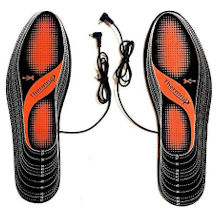
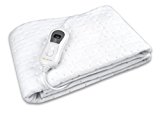
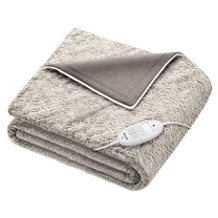
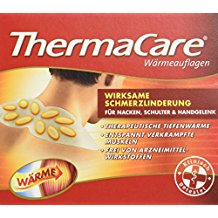
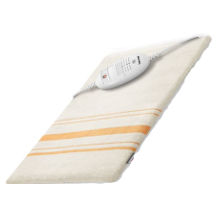
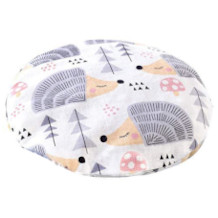
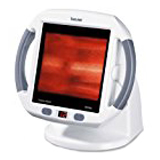
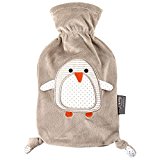








 10,126 reviews
10,126 reviews

